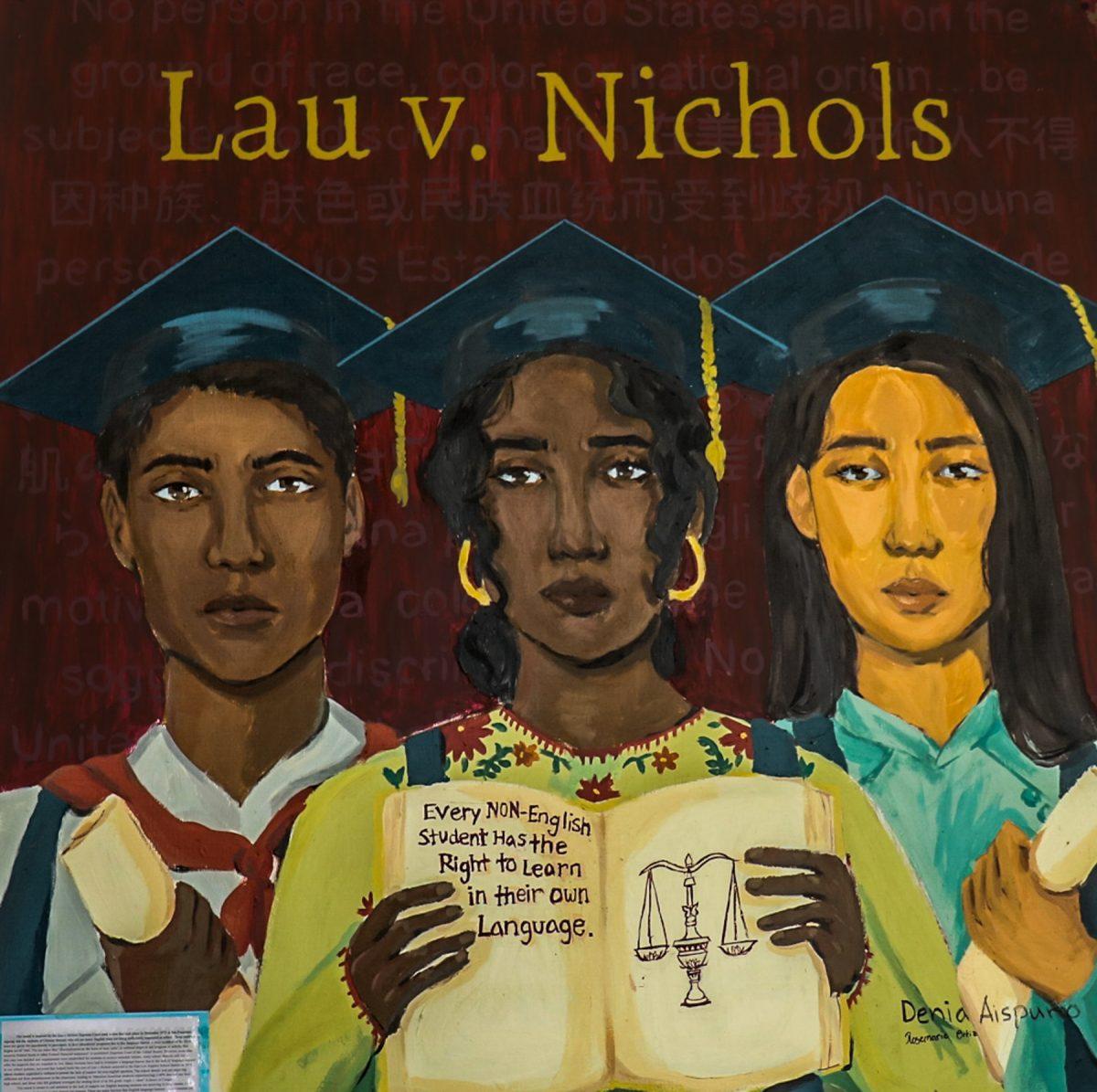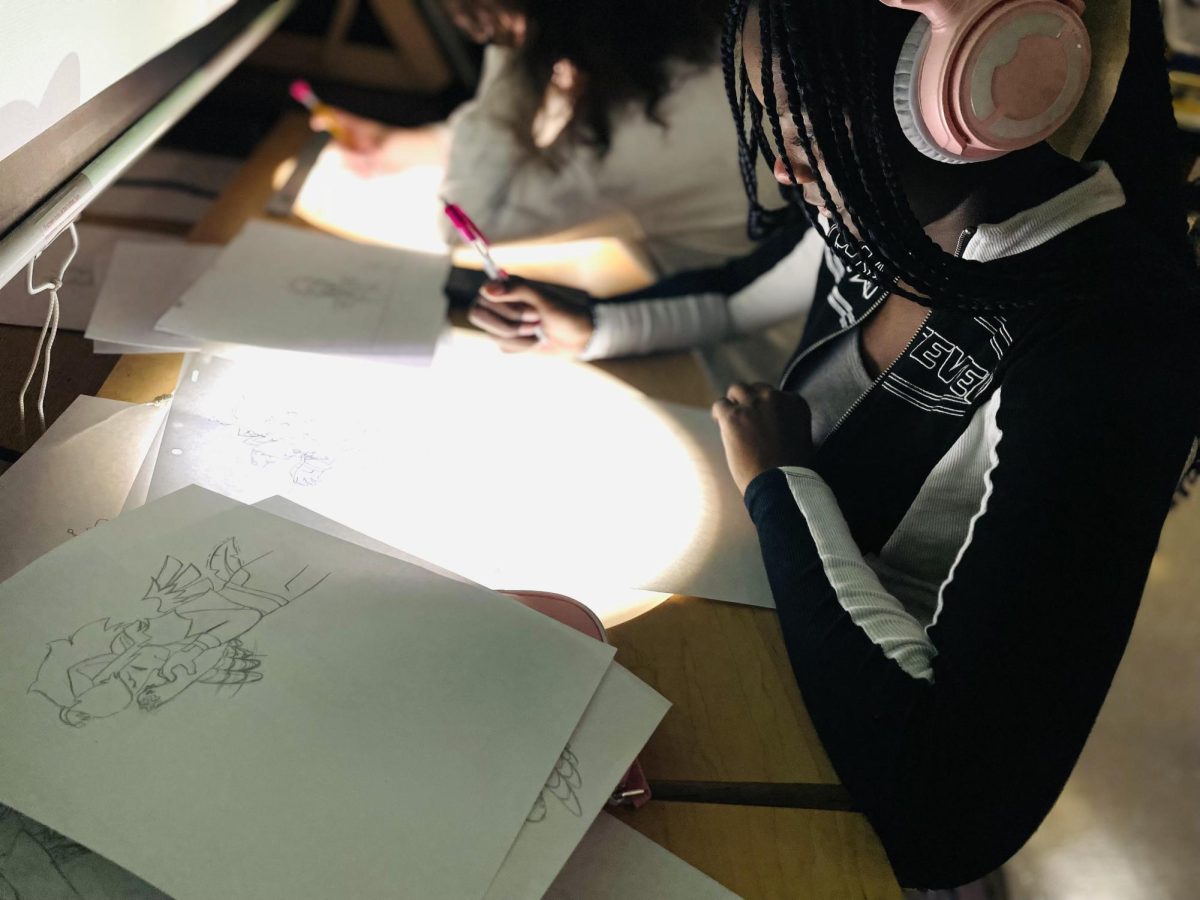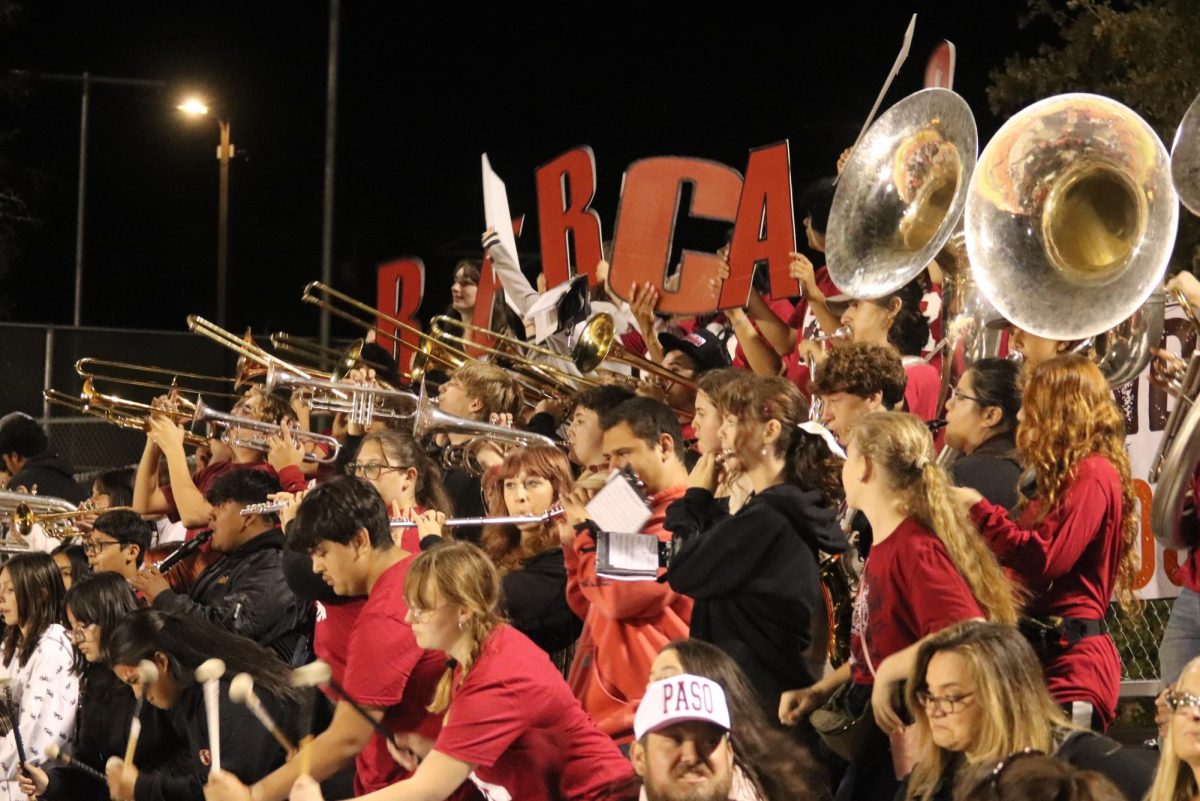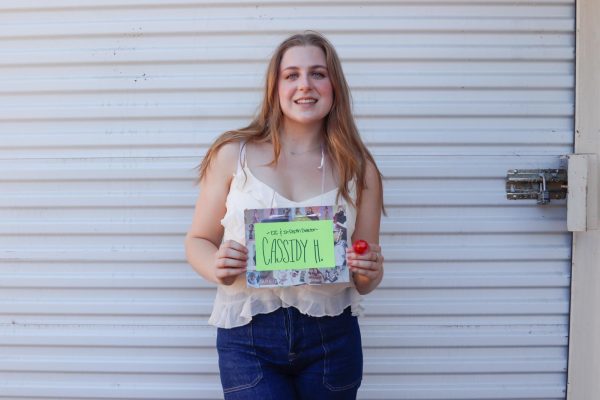Watching the time each day on the class clock and awaiting the bell which dismisses them from the grip of an unknown language, some students at Paso High find the unfamiliarity of their native tongue an unspoken issue in their education.
Even as the Lau v. Nichols law states that California federally-funded schools must offer supplementary English language courses to non-English-speaking students to provide them with an equal education, this right is something that is not always given.
As a response to this oversight, seniors Denia Aispuro and Rosemarie Ortiz took it upon themselves to bring attention to this complication.
Their message is simple: “Students come to school to learn, not to translate,” Aispuro said. But students are found having to translate during class too often.
The idea of a mural for where sparked discussions in their AP US History class. As Aispuro and Ortiz heard about a final project, which entailed producing a piece of art centered around the lesson they learned in class, they both knew almost immediately the representative direction they wanted to take.
“We both either know from personal experience or know someone with personal experience who has been in certain situations that don’t get a lot of attention or are overlooked.”
Denia Aispuro
Artist

Meanwhile, Aispuro used her artistic abilities to bring recognition to the importance of students being provided translators. As she herself has experienced and knows of others who struggle with understanding their classes or having to take time out of their learning to translate the lesson to the student sitting next to them due to the shortage of translators in the school. And with acrylic paint Aispuro was able to bring the idea to life.
“Because yes, there are para educators who will translate for a group of kids but they don’t have enough of them.”
Rosemarie Ortiz
Artist

Their canvas displays three students of different cultures in caps and gowns standing before the viewer with a message stating, “Every non-English-speaking student has the right to learn in their own language.” The piece of art is intended to spread a message of acknowledgement through the struggles that non-English-speaking students can overcome.
“You can graduate, that shouldn’t be a barrier,” Aispuro said.
According to the California Department of Education statewide 73.8% of EL students graduated within 5 years compared to the 89.5% of non-EL students. Meaning more students graduate without learning English than the students who have access to proper language learning necessities.
The mural is a silent protest to bring more attention to the students who go through the education system without access to translation, and it seems the message has gotten across well. Aispuro’s mural helped to finally provide recognition for these students and there is now an elective where students can translate to non-English-speaking students and soothe a usually rough classroom experience. This elective provides more access to translators without having to take time out of bilingual student’s education.
The mural now hangs on the walls of the 100s buildings.
“You know — the American Dream,” Aispuro said.









